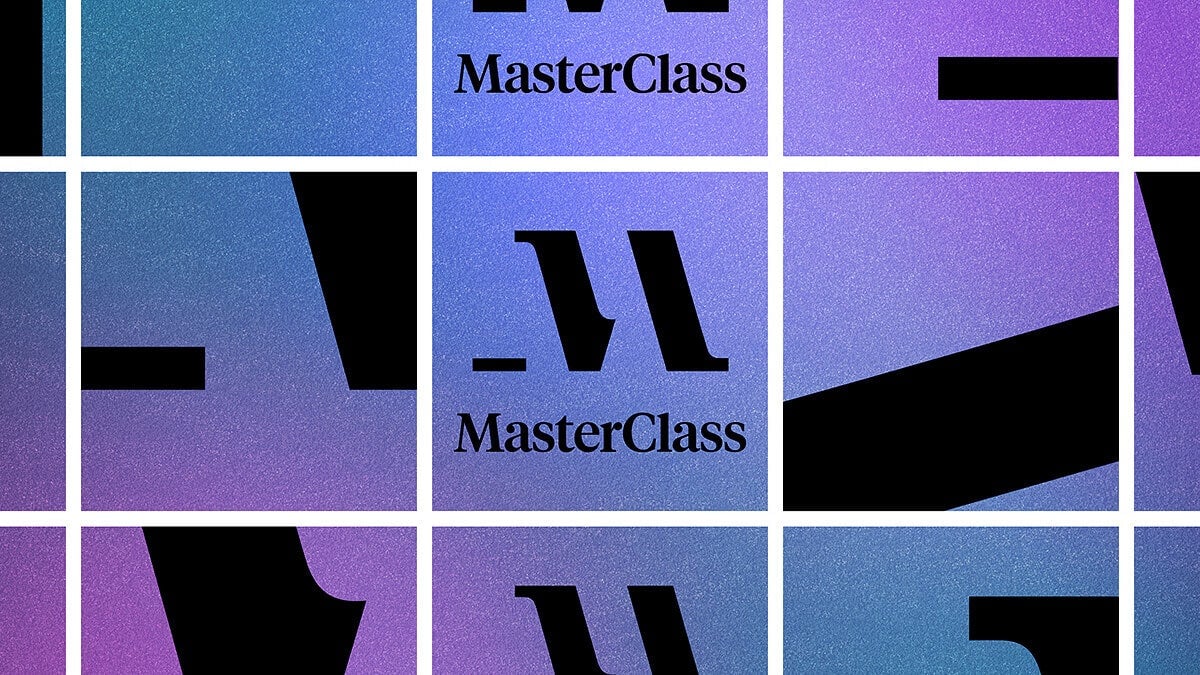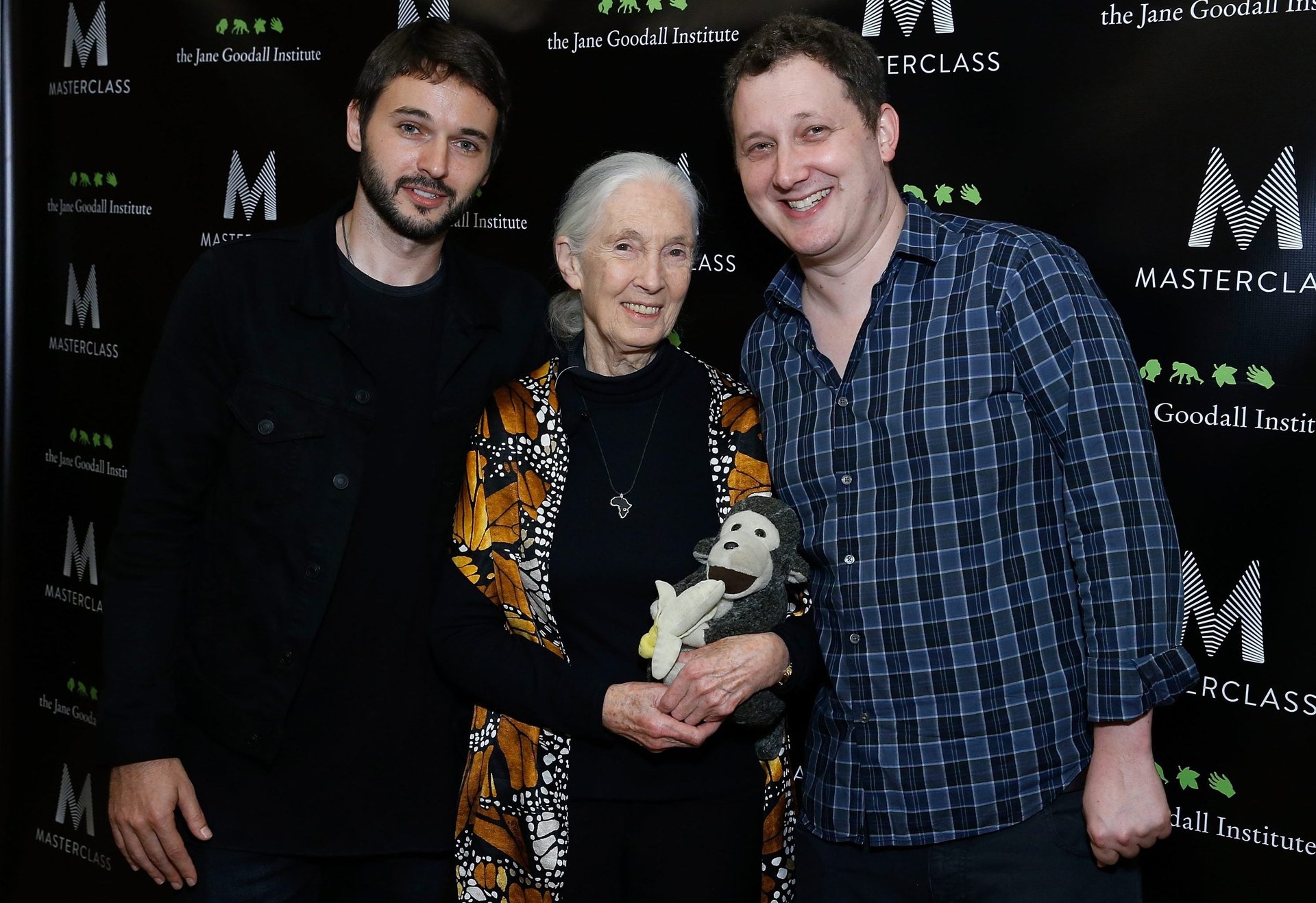For members—Home school for adults
Hi Quartz member,



Hi Quartz member,
Mention “virtual class” and you can almost hear a collective groan reverberate through the internet. The pandemic’s grand online learning experiment has received a failing grade from students, teachers, and parents alike.
But MasterClass has a different story. The slickest of the “massive open online course” (MOOC) platforms grew by leaps and bounds amid lockdown life. Founder David Rogier reports that the number of users on his six-year-old startup spiked by as much as 1,000% last year, a time when MasterClass added over 30 new offerings from celebs like singer-songwriter Alicia Keys, bestselling author Amy Tan, DJ Questlove, hockey legend Wayne Gretzky, and in a polarizing pick, 1990s graphic design idol David Carson.
So what would convince listless adults to shun the call of a mindless Netflix binge and opt for homeschooling? And could studying the success of MasterClass improve virtual learning for everyone?
MasterClass 101
The MasterClass origin story begins in 2012, when CEO and co-founder Rogier quit his job at Harrison Metal, a Silicon Valley investment firm founded by his former Stanford professor, Michael Dearing. At his exit interview, Rogier says he longs to start his own business, having just completed an MBA. Dearing then makes an interesting proposal: Here’s $500,000 to do just that. Rogier says he was buoyed by his former boss’s willingness to “invest in the person, not the idea.”
Rogier landed on the concept for an online learning platform after remembering his grandmother’s struggle to get a proper education in America. Fleeing the Nazi occupation in Poland, she applied to a number of medical schools soon after arriving in New York City, but was turned down by all but one institution “for being a woman, Jewish, and an immigrant,” Rogier says. By contrast, he wanted to build a platform where everyone gets “access to genius” (or at least those who can afford a subscription do). Rogier named his holding company Yanka Industries as a tribute to his grandmother, who ultimately became a pediatrician.
A brief stint at IDEO in 2010 had given Rogier a crash course in design thinking, and its tenets of rapid prototyping and empathy exercises would shape his fundraising approach for MasterClass. For one, Rogier is a big of the prototype, and before going to investors he mocked up a sample MasterClass module using his family as instructors. (His dad, a lawyer, gave a course on how to get a divorce.)
After MasterClass launched in 2015, Rogier’s emphasis on empathy—a “deep understanding of the problems and realities of the people,” as explained in IDEO’s tenets of human-centered design—also played a role in convincing celebrities to sign up with the unknown platform. “Instead of thinking about what I need or want, let me try to be in their shoes and think about what they need and want,” Rogier explained on the podcast How I Raised It. “They’re going to care a lot about how they look on screen and what the brand around it is.”
Today, MasterClass gives each instructor total control and final approval over their classes. The company also recruits award-winning filmmakers to produce each MasterClass. Oscar-winning documentary filmmaker Bill Guttentag directed James Patterson’s 2015 module, the first one MasterClass filmed.
Imagery interlude

☝️ That’s Rogier on the right. With him are Matthew Rutler, talent VP of Masterclass, and Jane Goodall, talent VP of gorillas. Goodall’s MasterClass, released in 2017, is on conservation.
$475 million: Funding MasterClass has raised over seven rounds
$180: Cost of an annual subscription
114: Classes currently available to MasterClass subscribers
30%: MasterClass subscribers outside the US
$100,000: Upfront payment for a Masterclass instructor, according to the The Hollywood Reporter
90%: Applicants who don’t pass MasterClass’s instructor selection process
10 minutes: Average length of a MasterClass module, with an average of 20 modules per class
15 minutes: Maximum attention span for online learning
70 minutes: Average length of a university class
Charting MOOCs’ moment
MasterClass won’t share the number of registered users on its platform, but it’s clear from the competitive landscape that MOOCs are a big business, and saw major user growth last year.

Brief history of MOOCs
2006: A consortium of 20 universities offers a year-long roster of free online courses. They refer to it as the “In/Formation Year.”
2008: Canadian professors Dave Cormier and Bryan Alexander coin the word “MOOC” to describe a tuition-free course offered by the University of Manitoba.
2010: Udemy, a MOOC aimed at professionals, launches.
2011: Stanford University offers three free online courses. They attract hundreds of thousands of students from 190 countries.
2012: Sebastian Thrun, who taught the most popular of Stanford’s first three free courses, launches Udacity.
2012: With a free course in circuits and electronics, MIT enters the MOOC arena with a platform called edX.
2013: Andrew Ng and Daphne Koller, also Stanford University computer science professors, launch Coursera.
2015: MasterClass launches with three classes, taught by Dustin Hoffman (acting), Serena Willams (tennis drills), and James Patterson (writing a book).
2019: MasterClass co-founder Aaron Rasmussen leaves the company and starts Outlier, essentially the same idea but with college credits and glammed-up university professors.
2020: MasterClass Live, a series of free classes featuring the platform’s most popular instructors, launches during the Covid-19 pandemic.
Mid-email exam
1️⃣ In his MasterClass on cooking techniques, which of the following is not included in chef Thomas Keller’s scrambled eggs recipe:
- Crack eggs in two separate bowls to catch shells.
- Use a blender to puree the eggs.
- Run the egg liquid through a sieve before cooking.
- Add a spot of creme fraiche at the very end.
2️⃣ Saturday Night Live produced not one but two parodies about MasterClass. Can you match the teachers with their spoof courses?

3️⃣ Fill in the blank on this quote from MasterClass CEO David Rogier: “Why can’t education also be _______?”
Answer 🔑
1️⃣ The answer is 2. Keller does recommend using an immersion blender for the silkiest texture, but doesn’t demonstrate it on MasterClass.
2️⃣ Chalamet 👜 , Siwa 📱 , Waller-Bridge📔 , Mulaney🕴️
3️⃣ Entertaining!
Fun fact
Pennsylvania-based writer Kecia Bal took James Patterson’s MasterClass and so impressed the bestselling novelist that he invited her to co-author a book. Their mystery-thriller, The Dolls, was published in 2017.
DIY
Courtesy of MasterClass, here are some keys to life’s many quandaries:
- How to get your dog to be quiet. “Take an empty water bottle, remove the cap, insert a handful of loose change, and recap the bottle. Use to curb barking.” —Brandon McMillan Teaches Dog Training
- How to master a local dialect. “Tanya [Blumstein] suggests the following phrase for dialect practice, because it explores a variety of vowel sounds: ‘All I want is a proper cup of coffee from a proper copper coffee pot.'”—Natalie Portman Teaches Acting
- How to make people laugh. “Study logical fallacies, as their forms are commonly used to build jokes.”—Steve Martin Teaches Comedy
- How to spot a liar. “In interpersonal communications, 7% of a person’s effort is conveyed via spoken words, 38% by tone of voice, and 55% through body language. All of which is to say, your tone of voice is more than five times as important as what you’re actually saying.”—Chris Voss Teaches Negotiation
- How to fall asleep. “Exposing yourself to natural sunlight for at least 30 minutes a day can help regulate your sleep patterns.”—Matthew Walker Teaches the Science of Better Sleep
- How to spot a dubious house listing: “[If] curtain rods are hung just below the ceiling, not right above the window: The ceilings aren’t as tall as they appear. Hanging the curtain rod higher is a trick to give an average-size room the illusion of height.”—Robert Reffkin Teaches Buying and Selling Real Estate
- How to artfully describe that fermenting lump of dough on your kitchen counter. “Sourdough starter has a lot of nicknames: pre-ferment, levain, leaven. But its most colorful moniker is, fittingly, its French one: la mère, or ‘mother dough.’”—Apollonia Poilane Teaches Bread Baking
Class survey
Which historical figure would you take a MasterClass from?
Keep learning:
- Big Questions with Cal Fussman: David Rogier on mastering mastery (🎧 )
- How I Raised It interview with David Rogier (🎧 )
- How to learn anything you want for free on the internet (Quartz at Work)
- How MasterClass CEO David Rogier brought star power to online learning (Variety)
- The new visual identity of MasterClass (The Branding Journal)
- What is MasterClass selling? (Vox)
- MasterClass: In a class of its own (📺 )
- SNL MasterClass Quarantine Edition (and the sequel) (📺 )
Thanks for reading! And don’t hesitate to reach out with comments, questions, or companies you want to know more about.
Best wishes for a masterful weekend,